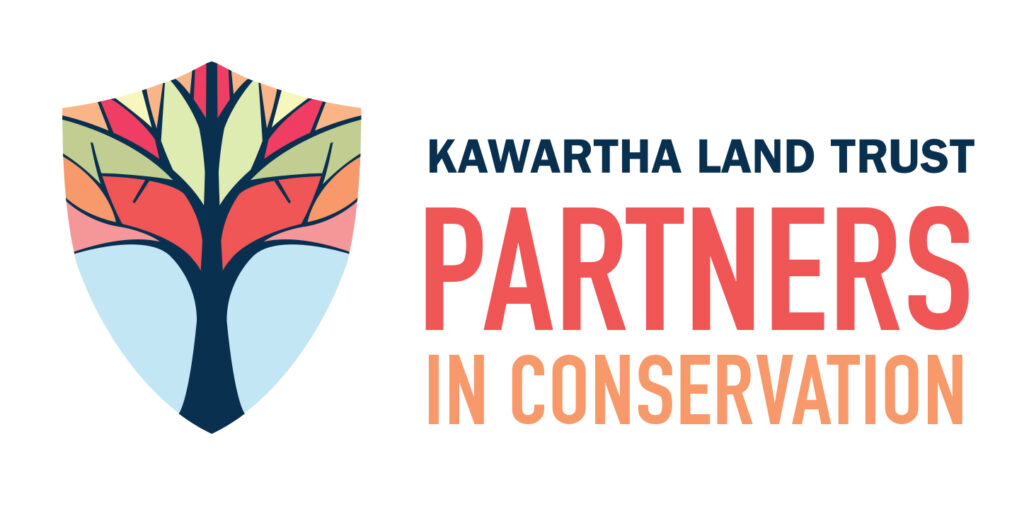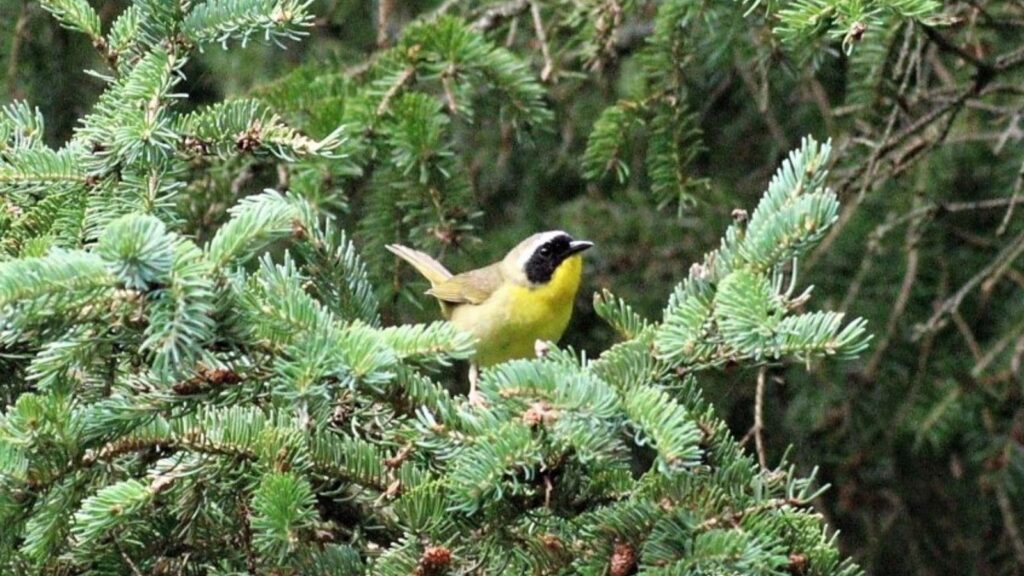
All land in the Kawarthas is interconnected. Your land is part of a larger ecological picture that contributes to the health of our agricultural lands, forests, waterways, and wildlife. Your land will decide the future of our landscape.
Kawartha Land Trust’s (KLT) Partners in Conservation (PIC) Program is about thanking you for your land care and finding ways to support you in land care initiatives.
Now in our fourth year, KLT’s Partners in Conservation team has collaborated with dozens of landowners on projects across thousands of acres of land. The program inspires individual effort that contributes to a broader network of effort to care for land in the Kawarthas.
KLT believes that thousands of landowners across the Kawarthas are ready to be inspired to unlock the good in their land and work together.
The Partners in Conservation Program understands the incredible value that the average landowner already provides to our landscape.
Landowners’ wetlands keep our water clean. Their meadows provide wildlife habitat. Their forests and fields support rural economies and sequester carbon. Their streams cross the landscape providing fish habitat.
The Partners in Conservation Program was created to build relationships with people and families that own land. Our commitment is to long-term collaboration. We will build on your values and the vision you have for your land and put it in the context of the needs of our landscape and collective future.
Through partnership we can protect a landscape we’re proud to give the next generation.

Reach out to KLT’s Partners in Conservation team and share what’s special about your land and the vision you have for it. We’ll see if we can work together.
Reach out to us and let us know why you’re interested in the program or ask any questions you may have.
Reach us at [email protected] or 705-743-5599.
KLT will conduct a property inventory and prepare a customized guide for you. The guide has maps and insight that reveal the value of your land as a piece of the larger puzzle that is our landscape. To see what the guides look like, review this example guide (PDF).
Together, we will explore and plan projects to support mutual environmental goals for your land.
Our staff help execute projects, share information relevant to your land and maintain a relationship with you and your land. KLT shares the efforts of all partners in conservation landowners with you to inspire a sense of collective impact.
PIC
Participating in KLT’s Partners in Conservation program will help ensure a healthier connected landscape in the Kawarthas for years to come.
Email us at [email protected].
No. The zoning or designation of your property will not change and the resale value will not be affected. Participation in this program is simply an informal agreement that your land will be managed with ecological and social responsibility as defined by you.
Yes. There is no legally binding commitment regarding your participation in the PIC program and you may withdraw your participation at any time.
KLT will never share your personal or property information with any agency or person outside our organization without your permission. Some information may be collected in aggregate (acres, carbon sequestration, etc.) and shared anonymously.
Participation in the PIC program involves a property inventory by KLT staff and/or volunteers to assess and evaluate the current ecological and/or agricultural/working land features of your property.
We will visit your property once — the date and time to be prearranged with you — and then create a personalized stewardship guide (print or digital, your preference) for you based on our findings. The stewardship guide will also include details regarding how your land fits into the regional landscape.
From there, you can choose to take part in further stewardship activities through the PIC program, or simply choose to preserve important features of your property based on information in your stewardship guide.
It is our hope that if you participate in the PIC program, that you will maintain a conversation with KLT’s Partners in Conservation program coordinator to share your vision and goals for your land.
Our goal is to listen to your stewardship goals and to help make them happen, whether it’s work we can do ourselves in partnership with you (e.g., invasive species management, nest box installation, etc.), or applying for funding for larger projects (e.g., wetland restoration, tree planting, etc.), or sourcing contractors for specialized work (e.g., professional foresters for thinning of planted stands, culvert lowering to connect fish habitat, etc.).
No. Participation in the PIC program is completely free, but donations are welcomed. Kawartha Land Trust is a registered charity. Donations from supporters like you can help to care for the lands entrusted to us and help others protect the land they love in the Kawarthas.
We do not have rigid rules regarding which kinds of properties are eligible for participation in the PIC program. Properties >30 acres in size, whether it be a property with some natural features, a property with a mix of agricultural and natural features, or a completely naturalized property, are ideally suited for this program; however, other lands may also be accepted. Contact us to see if your property would be a good fit!
There are many benefits for participating landowners, including, but not limited to, the following: more wildlife viewing opportunities, greater environmental resilience to weather events, increased ecosystem services like water filtration and carbon sequestration, increased property value, and government incentives such as tax breaks that you may be eligible for. Sense of community, participating in something that contributes to the health of the region, connections with government programs that can save you money on any work that you may do are also positive outcomes of participating.
KLT can recommend stewardship projects that will be best suited to your property. From planting a few trees to replacing perched culverts, we can help you plan and implement a variety of stewardship projects.
We’re only able to help with activities on your acreage that benefit the environment or ecology, or sustainable use of working land. We can’t generally help with landscaping around your house, nor can we help with work on your trails, unless there is community use allowed on them. Some activities might be financially beneficial to you, but also must benefit the environment for us to be able to participate.
“We didn’t know how well we were doing with our ecology efforts until KLT did a physical assessment of our farm. It opened our eyes to a fuller picture of our farm ecosystem. The extent of wildlife especially plants and birds on the farm was such a revelation. KLT field experts opened our eyes to what was on our farm and now helping us plan the next round of stewardship initiatives. When you invite somebody onto your land to do an assessment there is a worry they will just point out all the flaws. KLT instead brought us reassurance that we are doing well and with very meaningful pointers to help manage the future of our farm.” — KLT Partner in Conservation
The program has worked with landowners on everything from tree planting and shoreline restoration to soil health analysis, supporting sustainable management of agriculture and forestry land and much more.
Our initiatives are always guided by the interests or problems landowners are encountering. Many landowners contribute simply by continuing to protect their land as they have for generations.
Not everyone will take an active role in improving their land – some land simply doesn’t need it. For lands that do, here are the types of projects we can work together on.